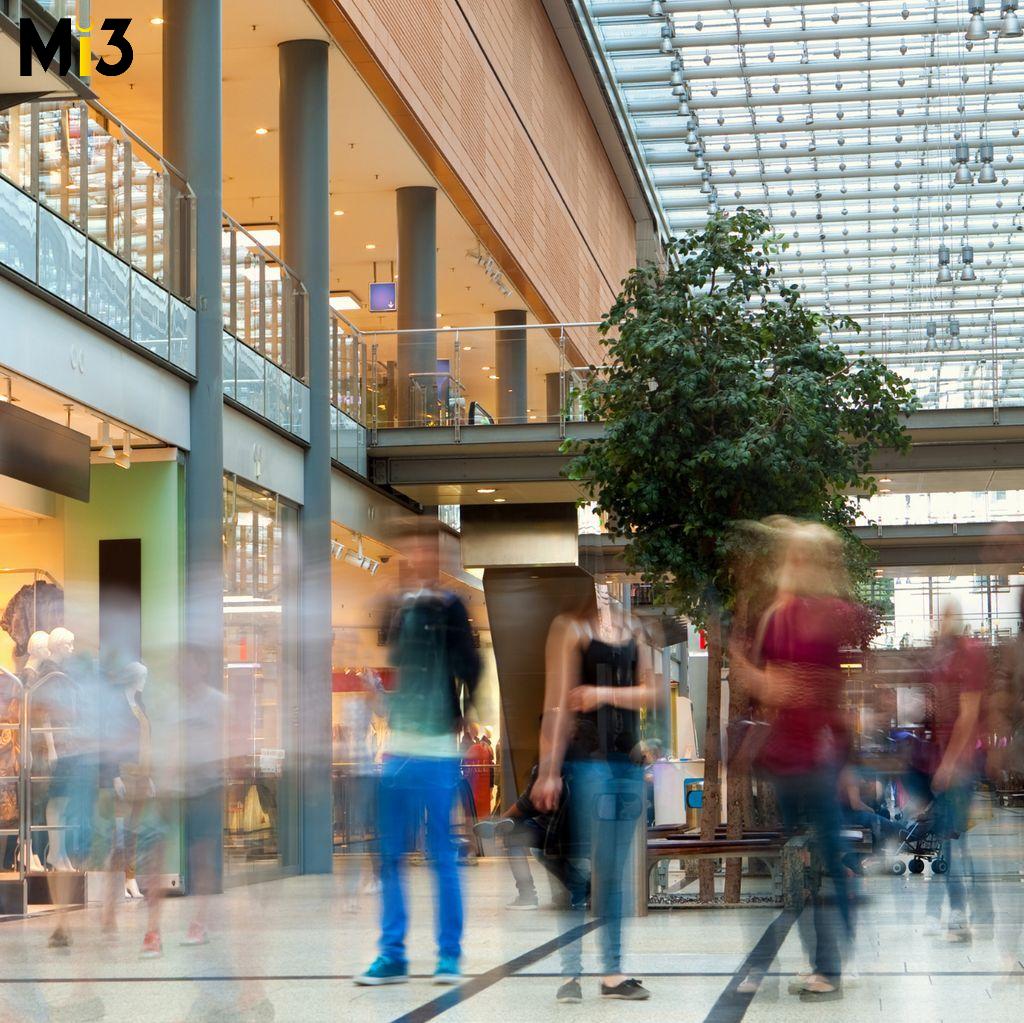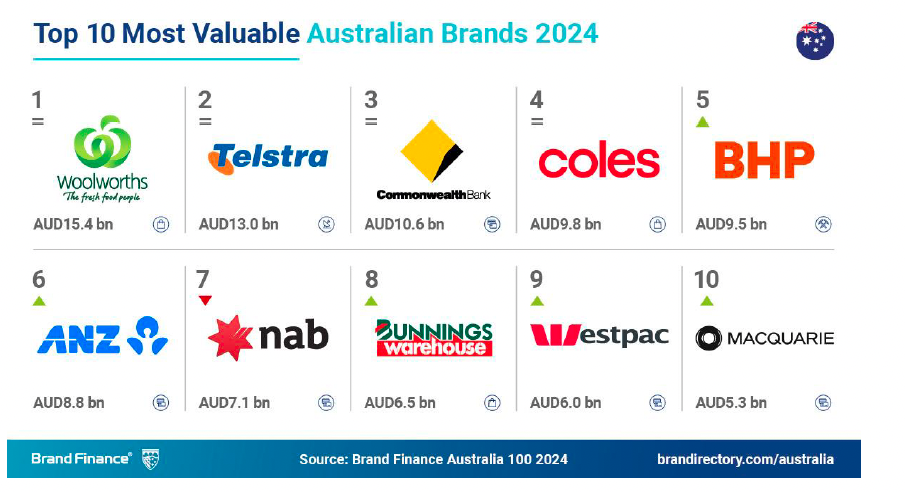Unified Commerce identifies an untapped $19bn opportunity for Aussie retailers

A recent report, the Australian Unified Commerce Benchmark, reveals that only 42% of Australian retailers currently adopt unified commerce, despite its potential to boost revenue by $19m per billion annually. The study, a collaboration between Manhattan Associates, Google Cloud, Zebra Technologies, and conducted by Incisiv, evaluated 29 leading retailers across 290+ attributes. Top performers included Bunnings, Cotton On, Harvey Norman, and JB Hi-Fi.
“In an evolving Australian retail market, retailers must continually innovate and adapt if they are to keep pace with shifting consumer trends. Success in Australian retail relies on understanding these differences and customising offerings, a cornerstone of effective Unified Commerce,” says Amarjot Mokha, Chief Operating Officer at Incisiv.
The study, based on data from actual purchases, returns, and customer journeys across digital and physical channels, found that unified commerce adoption remains low in Australia, with only 42% of local retailers taking this approach. Yet, 85% of shoppers are likely to make repeat purchases from brands that provide a smooth and hassle-free returns experience.
“It is surprising that the adoption of unified commerce remains so low in Australia, especially when it enables better inventory management, personalised marketing, and streamlining of operations and costs. The research shows that retailers who invest in becoming leaders in Unified Commerce have the potential to generate an additional $19m per billion in annual revenue,” comments Raghav Sibal, Managing Director, Manhattan Associates Australia.
The study also highlighted the importance of delivery and returns processes in consumer decision-making. Only 27% of retailers in Australia offer the ability to initiate and track returns online. Nearly half of the consumers surveyed indicated that delivery and fulfilment are key factors in selecting where to purchase online.
“Retailers that fail to meet customer communication expectations and have poor returns processes due to outdated reverse logistics systems are creating unnecessary business costs and risk losing repeat business and customer loyalty. Integrating returns management systems and ensuring seamless logistics and better shopper communication is imperative today,” adds Sibal.
Furthermore, consumers are willing to pay up to 30% more for products that are sustainably and ethically sourced. However, only 25% of non-leading retailers publish their Environmental, Social, and Governance (ESG) metrics.
“Retailers embracing a Unified Commerce approach can go beyond simply selling products, to a place where they can craft experiences that resonate with their customers. This type of customer connection drives strong business growth, up to 3X higher revenue opportunities and creates the type of brand connection and customer loyalty every retailer covets,” concludes Mokha.





